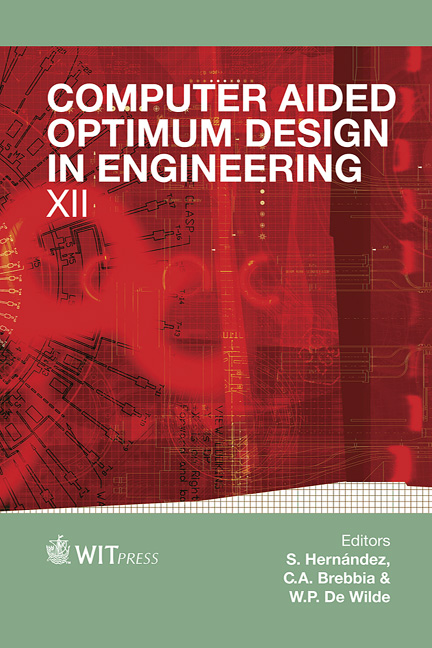Welding Sequence Optimization Of Plasma Arc For Welded Thin Structures
Price
Free (open access)
Transaction
Volume
125
Pages
12
Page Range
231 - 242
Published
2012
Size
788 kb
Paper DOI
10.2495/OP120201
Copyright
WIT Press
Author(s)
M. B. Mohammed, W. Sun & T. H. Hyde
Abstract
Dividing the weld path into multiple seams that are welded sequentially in a specific order is one of the most important and cost effective distortion and residual stresses mitigation strategies. This is particularly important for welding fabrication of thin structures. The number of sequence options resulting from reordering seams increases explosively with the increase of the number of weld seams. Investigating all sequences using experimental, analytical or computational approaches requires substantial expenses in terms of time, resources and cost and in many situations is practically impossible. Therefore, welding industries tend to opt for small improvement and abandon the search for the absolute optimum welding sequence, e.g. the welding sequence that produces the absolute minimum welding induced distortion. This paper presents an optimization procedure to improving the effectiveness of the search for an optimized welding sequence. The optimization procedure is based on the principles of genetic algorithms (GA), in which the finite element (FE) analysis is used to produce the distortion information and direct the evolution of the GA within the optimization. The capability of the optimization procedure to identify an optimum welding sequence was demonstrated for the keyhole plasma arc welding (KPAW) of two Ti-6Al-4V thin structures, being a flat plate and a simplified replica of a portion of an aero-engine casing. The optimization procedure developed in this study was capable of minimizing the welding induced distortion by up to 55% and of improving the effectiveness of the search for an optimized welding sequence by up to 98%. Keywords: welding sequence, optimization, genetic algorithms, plasma arc welding, finite element modelling.
Keywords
welding sequence, optimization, genetic algorithms, plasma arcwelding, finite element modelling.





